2025 Volkswagen ID. Buzz 3-Row Hands-On Preview: The Minivan is Cool Again-and All-Electric

Volkswagen finally shows off the three-row ID. Buzz for North America, and it comes with more space, more power, and a larger battery pack.
Volkswagen on Thursday revealed the North American-spec 2025 ID. Buzz electric minivan. After over a year of admiring the two-row model from across the Atlantic, North Americans have their own three-row to look forward to. The extra row of seats isn’t all the reborn ‘Bus packs for us, either. AutoGuide was on-site for the reveal, able to get up close and personal with the latest member of the ID family. Here’s what we found.
The ‘Bus is Big, But Not Too Big
To fit the extra row of seats, Volkswagen has stretched the wheelbase by almost exactly 10 inches—9.9, to be exact. The resulting package is now 192.4 inches in length: long, sure, but still appreciably shorter than something like VW’s own Atlas, or any of the remaining quartet of minivans on the market. This thing is still nearly square from head-on, however, at 77.9 inches wide and 74.6 inches tall. Despite that, the ID. Buzz has a commendably low drag coefficient of just 0.29.
Beyond that extra sheetmetal between the axles, the three-row features much of the design goodness we already saw with the European model. Up front are wedge-shaped headlights, an LED light strip connecting them to the oversized, light-up VW logo front and center. Short overhangs maximize cabin space, with the 20-inch alloy wheels pushed right to the edges of the vehicle. Thin LED taillights wrap around the flat tailgate, granting the Buzz a familial design cue shared with the ID.4 and upcoming ID.7. North America isn’t missing out on the funky two-tone color combos of the Old World, either. Orange, yellow, and green bottom halves all come paired to a white top—an inversion of the original approach—while we gain blue, gray, and silver options, too.
How’s the Third Row?
Glad you asked: pretty excellent, honestly.
As standard the Buzz will seat seven; second row captain’s chairs are optional. Stick to the bench and it can slide back and forth 7.9 inches; same with the third row.
Getting in is easy: the opening is enormous, and the seats slide forward without much effort. Even with the third row pushed forward and the second row nudged back, legroom is better than some three-row SUVs, and the seat cushion is high enough to make it comfortable for adults. And this is in the least-friendly layout for way-back passengers. The seats will recline too, so you can further optimize storage space or enjoy some extra comfort.
Volkswagen says both the second and third row can fold flat, and the latter can be removed entirely. Fold ’em both and use what VW is calling the Flexboard, and you’ve got one continuous surface. The Flexboard also comes with two storage cubbies that slot in underneath.
More Space, More Batteries, More Power
That extra floor space has allowed VW to fit the Buzz with a larger battery pack. Now sitting at 91 kWh (gross) in capacity, it’s the same setup that will also appear in the ID.7 in other markets.
Similarly, the Buzz also boasts a more powerful, rear-mounted electric motor. It’s still a permanent magnet synchronous design, but VW’s engineers have tinkered with various parts to improve performance. The rotor gains stronger magnets, while an improved stator provides more wire cross-section. There’s also a new water and oil cooling system for improved thermal consistency.
The net result? Power jumps to 282 horsepower, while torque now peaks at 406 pound-feet. Volkswagen quotes a top speed of 99 mph, but we imagine most buyers won’t care.
There will be an all-wheel drive, dual-motor version of the ID. Buzz at launch as well. Exact figures are still to come, but VW says to expect “about 330 hp.”
With the bigger body, battery, and motor, we expect the North American Buzz to roughly match the range figures of the European model. Volkswagen has yet to share even EPA estimates.
Funky Fresh Interior
The cheeky atmosphere continues inside the ID. Buzz. Again, VW hasn’t messed with much for the North American version, mostly tweaking the colors and textures for our market. Out goes the sunshiney trim and fabric seat inserts we saw in the short-wheelbase last year. The North American model will feature three color combinations, all featuring leatherette seating.
There are a whole bunch of fun Easter eggs in the ID. Buzz cabin, too. Peer into the driver’s footwell and you’ll see playful Play and Pause pedals. Pop open storage cubbies and you’ll find smiley faces or topographical maps. It isn’t all mere fun, either: the removable center console features two dividers that double as a bottle opener and ice scraper.
Volkswagen isn’t skimping on standard features either, clearly positioning the ID. Buzz as a premium option. 12-way power-adjustable front seats are standard; they get both heat, ventilaton, and a massaging function, while the second row features the former. A heated steering wheel is standard as well as heated windshield wiper nozzles; a heated windshield is optional.
An available panoramic sunroof measures over 19 square feet, and uses a PDLC (polymer-dispersed liquid crystal) panel to go from opaque to transparent at the swipe of a finger.
Critical Tech Improvements
Oh yes, swiping. Volkswagen’s most recent infotainment system has come under fire for its over-reliance on capacitive swipes, and the company has taken the criticisms on-board. Yes, the touch sliders are illuminated now. The climate controls also take up permanent residence along the bottom of the 12.9-inch touchscreen; no more digging around necessary. Volkswagen has also added permanent main menu and Car Control Center buttons to the main display. Users can configure the home screen to their own preferences, as well. Wireless Apple CarPlay and Android Auto are standard.
A smaller, 5.3-inch display sits behind the wheel to handle the usual instrument duties. The Buzz also includes the ID.Light system in North America. This utilizes an LED light strip which runs along the base of the windshield, pulsing various colors or patterns to signify things like navigation directions, phone calls, voice commands, and—when the Buzz is plugged in—the state of charge.
A head-up display, remote park assist, and 360-degree camera are available. VW’s IQ.Drive suite of driver assists is standard, which the company says includes “hands-on Level 2 ready capability.”
Okay, But What Will It Cost?
That’s the million-dollar question, isn’t it?
Volkswagen is understandably coy on the subject or pricing: we won’t even see sales start until the nebulous “2024.” But based on standard kit alone, we suspect the reborn Microbus will be targeting the top-shelf trims from Chrysler and Toyota. Should the Buzz come in right around them, Volkswagen could have a major hit on its hands.
The Buzz might be the most likely candidate to do the unlikely: make minivans cool again. VW has serious goodwill surrounding the Microbus, and the Buzz carries that into a new era, not unlike how the New Beetle did 25 years ago. We’ll see how it goes when it arrives next year.
Become an AutoGuide insider. Get the latest from the automotive world first by subscribing to our newsletter here.

Kyle began his automotive obsession before he even started school, courtesy of a remote control Porsche and various LEGO sets. He later studied advertising and graphic design at Humber College, which led him to writing about cars (both real and digital). He is now a proud member of the Automobile Journalists Association of Canada (AJAC), where he was the Journalist of the Year runner-up for 2021.
More by Kyle Patrick





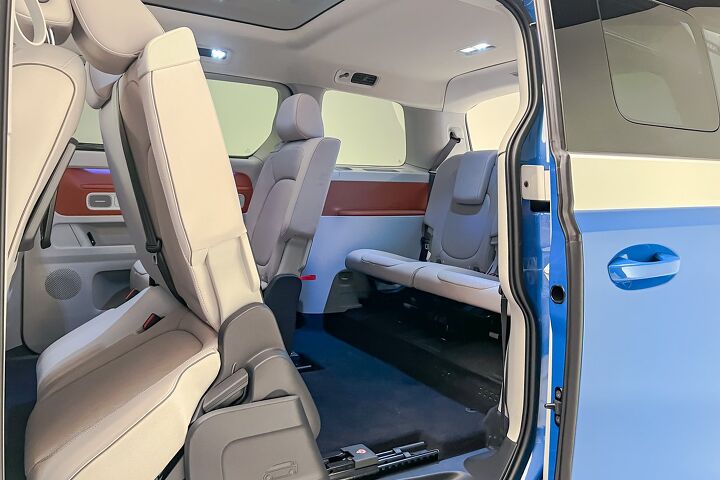






















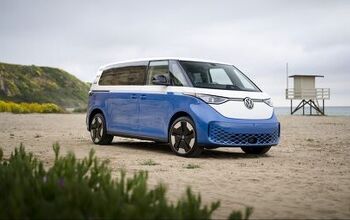
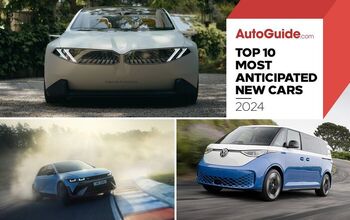


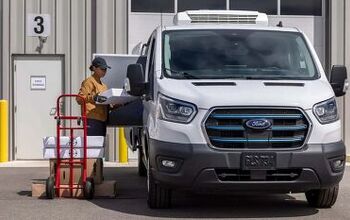

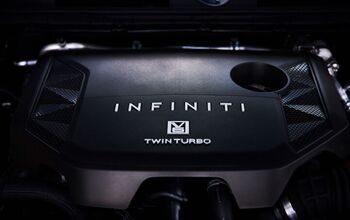
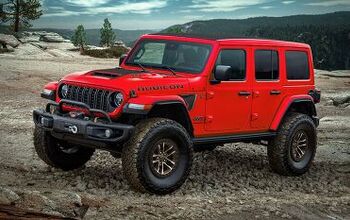
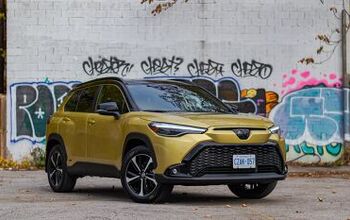
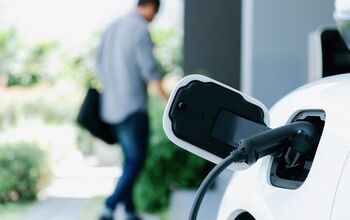
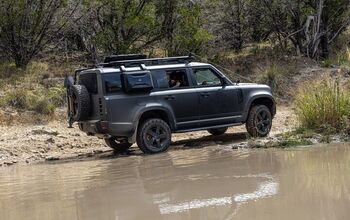
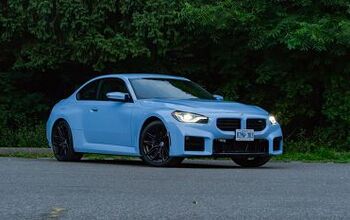
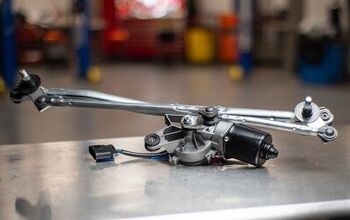
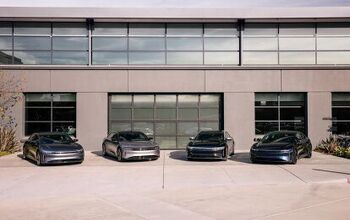

Comments
Join the conversation
"North America isnt missing out on the funky two-tone color combos of the Old World, either. Orange, yellow, and green bottom halves all come paired to a white topan inversion of the original approachwhile we gain blue, gray, and silver options, too." This is incorrect. The original Microbus came in two-tone paint schemes consisting of white paint on top, and different colors - red, blue, etc. - on the bottom, same as the ID.Buzz. Go back and look at reprints of the classic VW Microbus ads from the 60's, and you'll see what I mean.